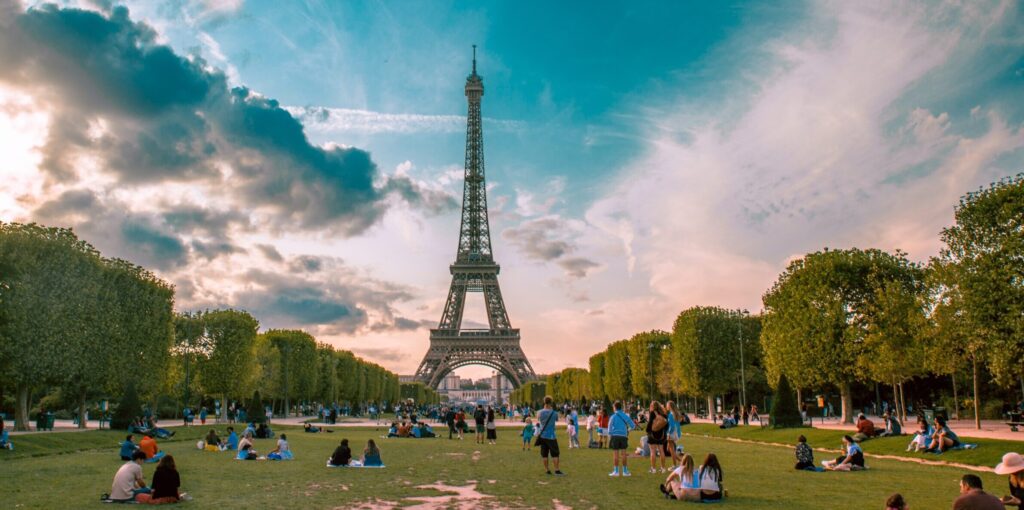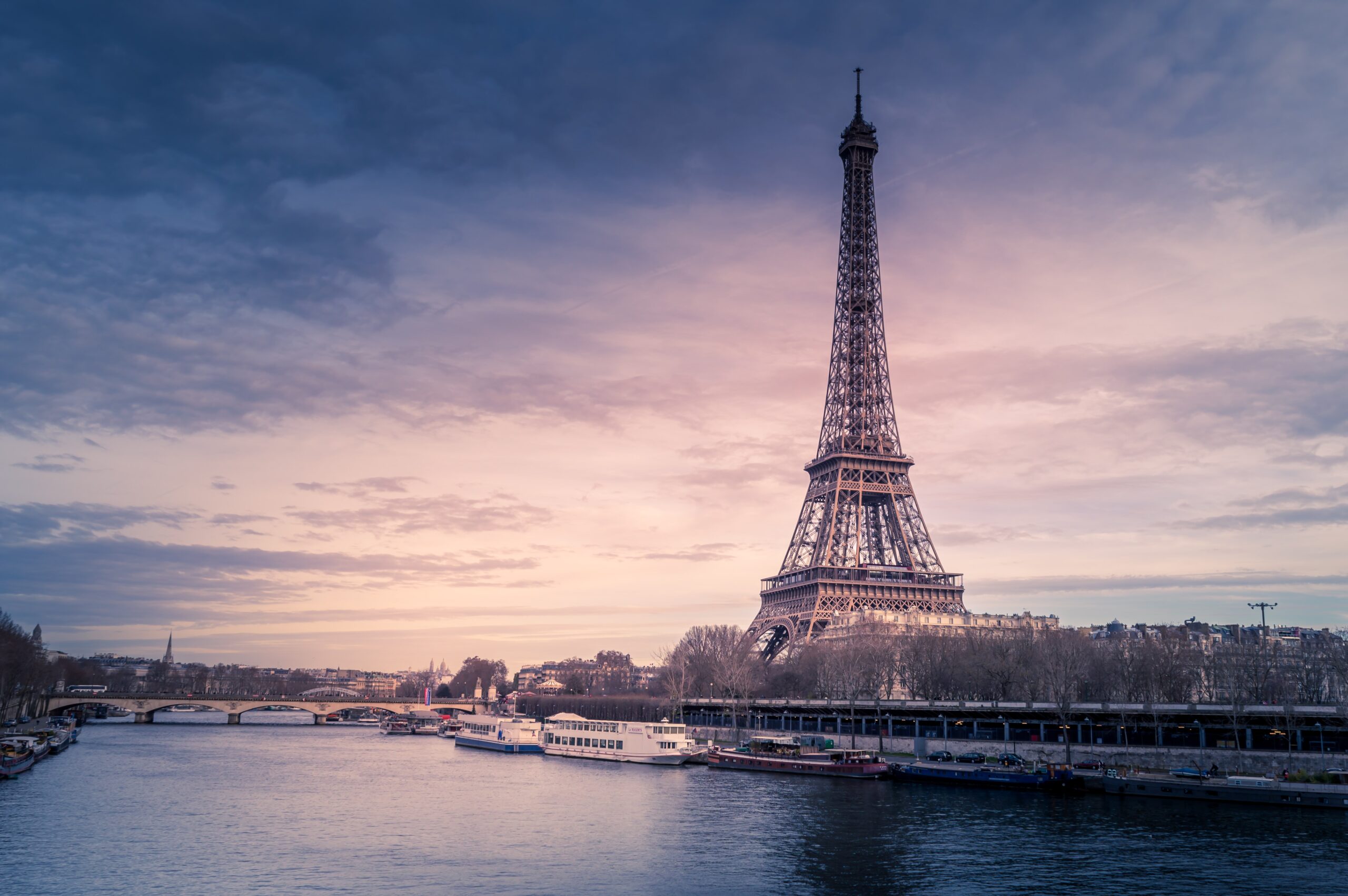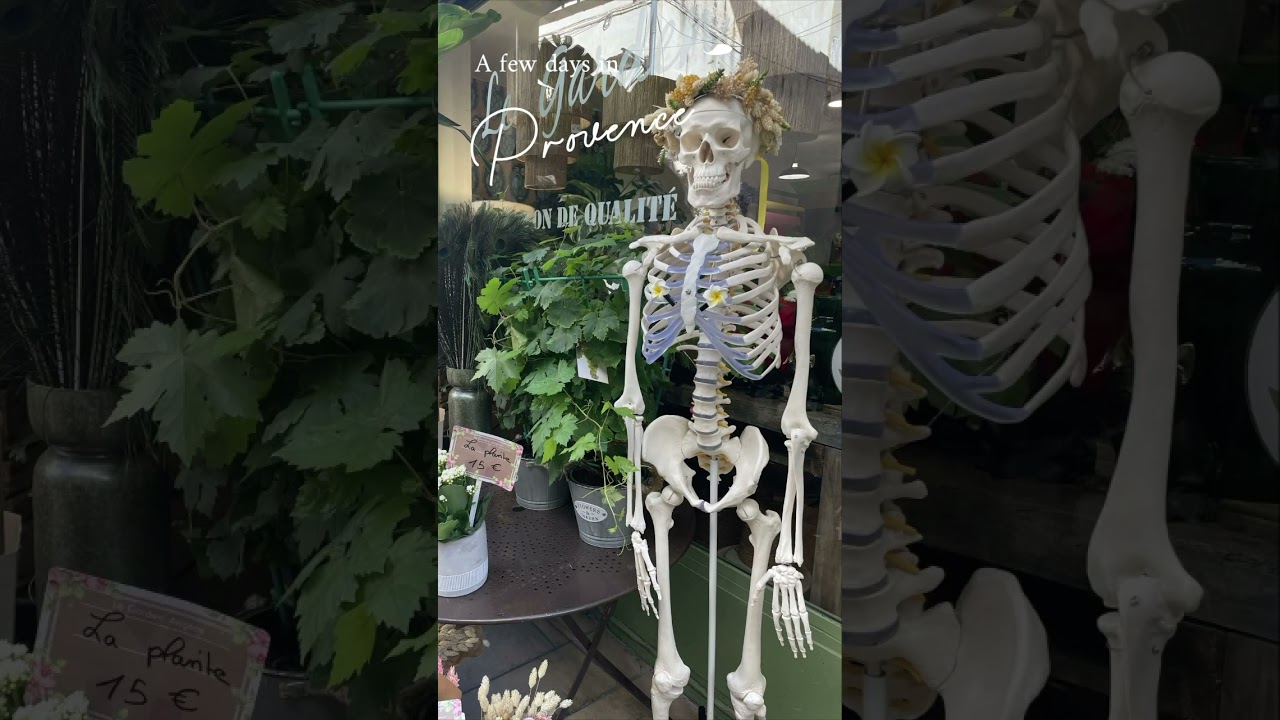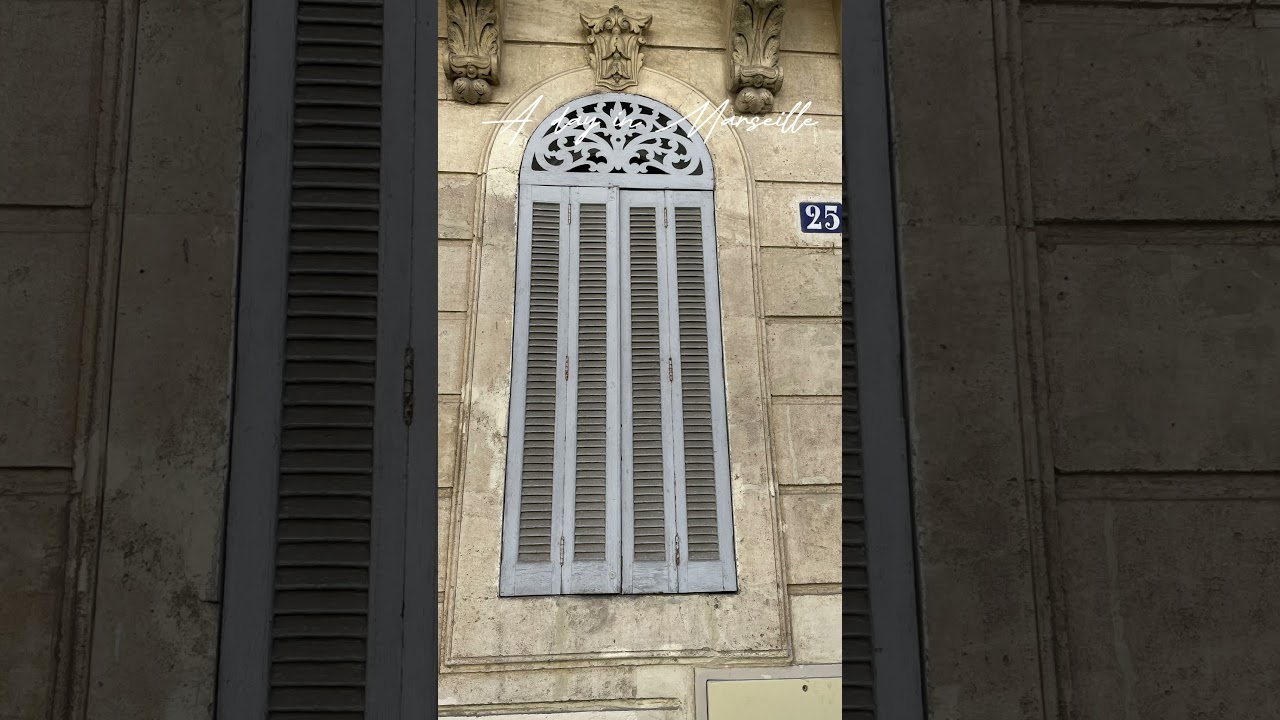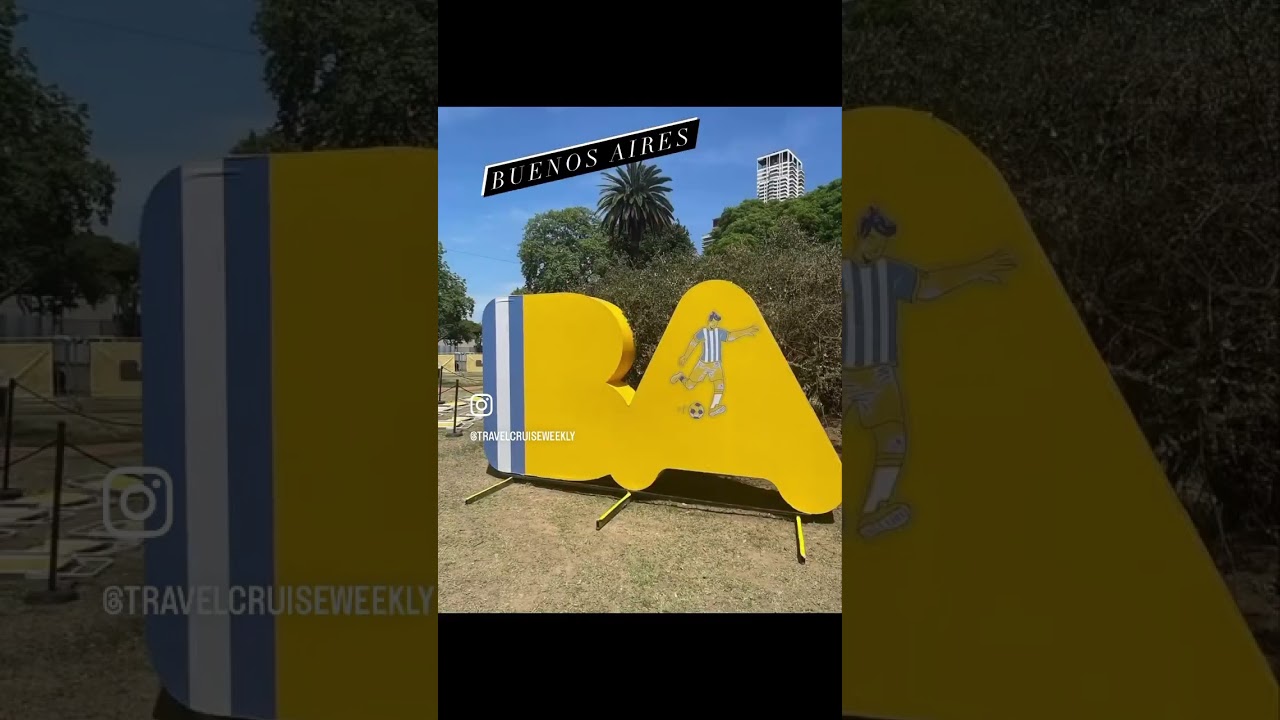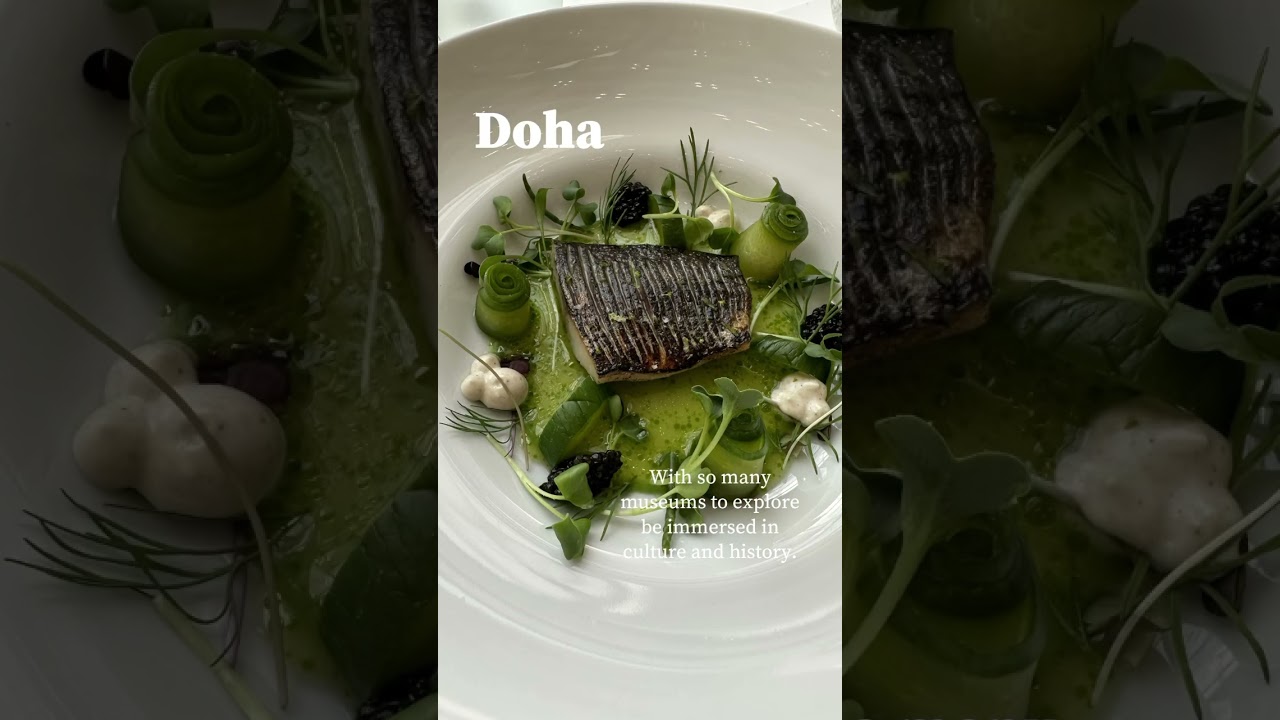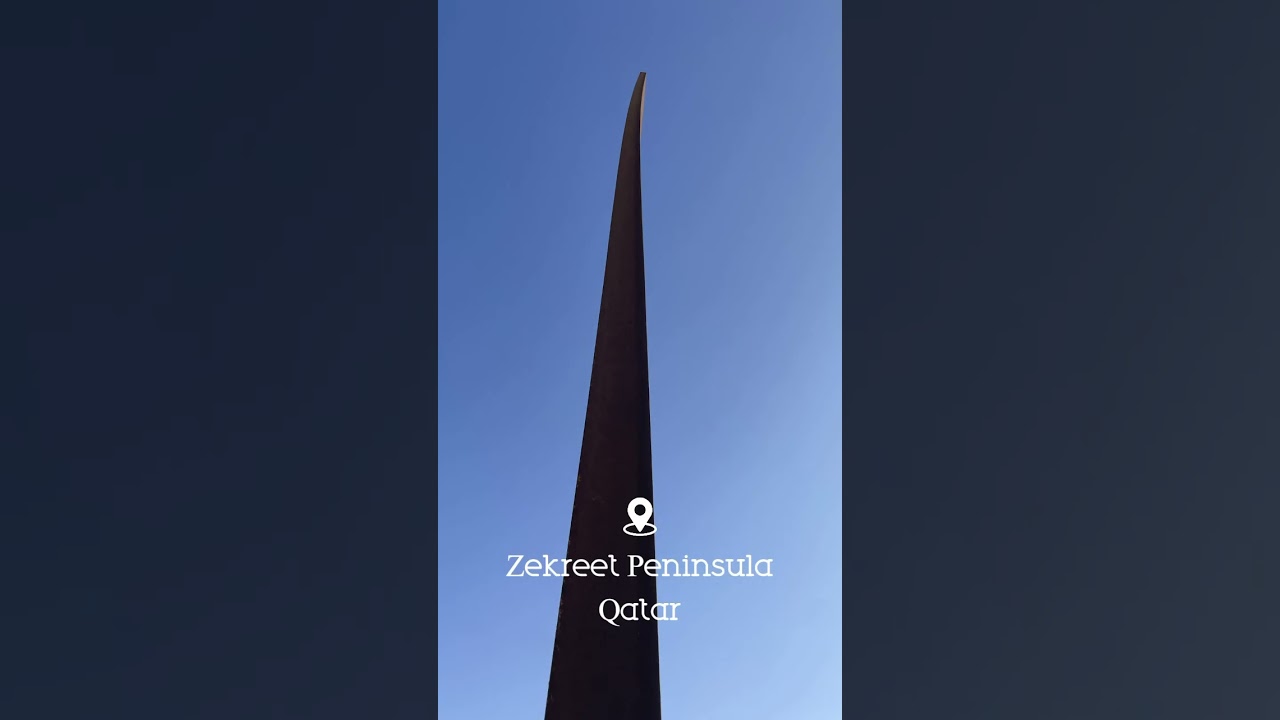Museums, gardens, and iconic French landmarks, MYLES STEDMAN discovers it all in 48 hours.
Picking which museums you wish to attend during a 48-hour trip to Paris is the ultimate Sophie’s choice, and if you think you are going to be able to visit them all, think again. Paris’ many museums are scattered throughout the city like some of the largest of its many street lights; fortunately though, several are located within walking distance of each other, and there is no better place to start than the most-visited museum in the world, le Louvre.
This historic Parisian landmark is a can’t-miss, containing some of the world’s best-known works of art, such as the Mona Lisa. and the Venus de Milo. Located on the River Droite (the Seine’s right bank), the museum is hosted in its namesake Palace, which was originally built in the late 12th century under Philip II – a work of art in and of itself.
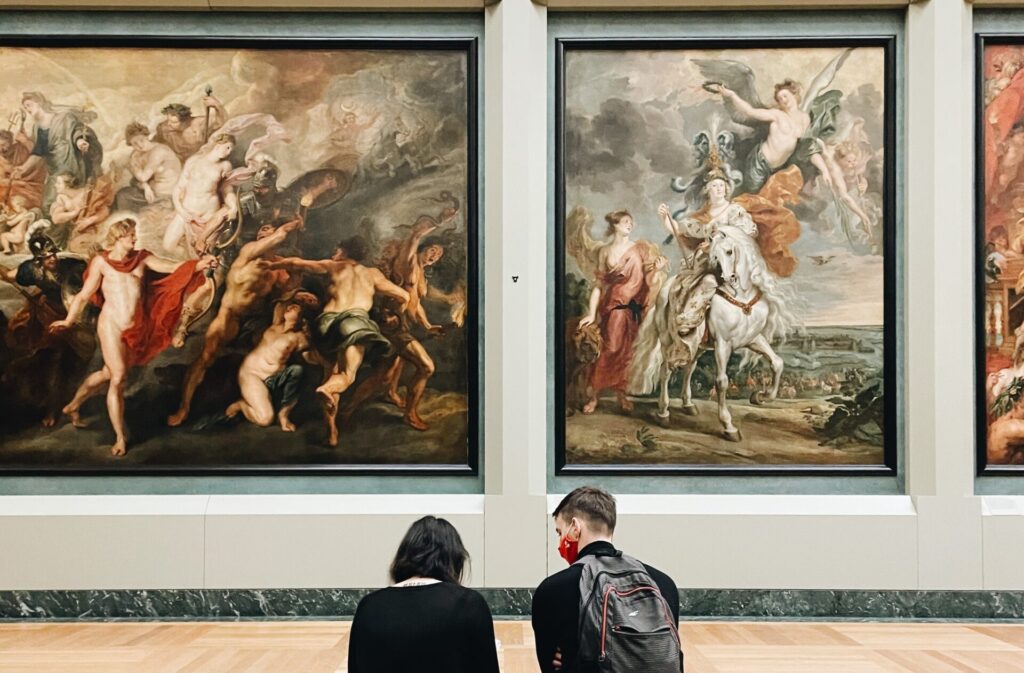
Across the Seine, just over a 10-minute stroll away, is Musee d’Orsay, located on the River Gauche (the Seine’s left bank). This museum houses the largest collection of impressionist and post-impressionist masterpieces in the world, by painters including Berthe Morisot, Claude Monet, Edouard Manet, Edgar Degas, Pierre-Auguste Renoir, Paul Cezanne, Georges Seurat, Alfred Sisley, Paul Gauguin, and Vincent van Gogh. It is housed in the former Gare d’Orsay, a Beaux-Arts railway station from the 19th century.
No trip to Paris is complete without a walk around Ile de la Cite, the island in la Seine. This island has long been home to Paris’ establishment, including the Governors of Rome and the Kings of the Franks, leading to its establishment as an important religious centre. It is for this use it has become so well-known today, as the site of la Notre-Dame de Paris, and la Saint-Chapelle. Even if you’re not interested in looking through churches, l’Ile contains various other treasures of Parisian antiquity, such as the city’s oldest-surviving bridge (Pont Neuf), and what may be the world’s first hospital (Hotel-Dieu). More recent sites found on l’Ile include le Memorial des Martyrs de la Deportation, a monument to the 200,000 people deported from Vichy France to Nazi concentration camps during the World War II. These, along with many other gems on l’Ile, make the middle of la Seine one of the most historic and fascinating parts of Paris.
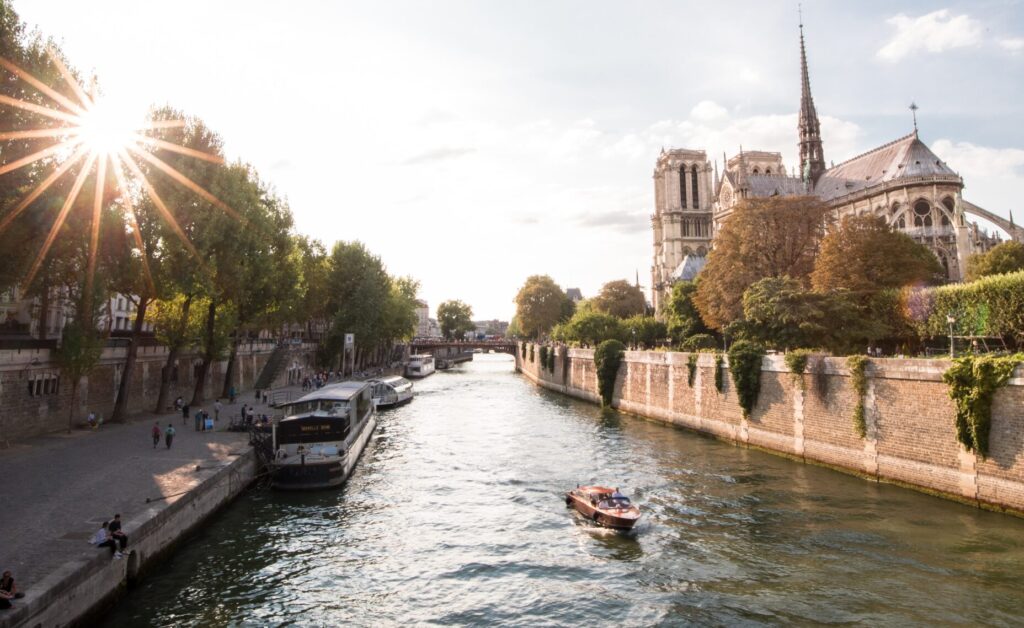
With over 500 parks, Paris is well suited to the weary, heavy-footed traveller, but arguably none of the city’s greenspaces are as impressive as le Champs de Mars. The park is named after the Campus Martius in Rome, which is a tribute to Mars, the Roman God of War. This is an allusion to the fact the lawns of le Champs were formerly used as drilling and marching grounds by the French military. What may also have tipped you off to this fact is the l’Ecole Miliatire complex at the southern end of the park. The buildings, which have been classified as a national monument since the 1990s, house various military training facilities, and were founded in 1750 by King Louis XV. However most come to le Champs for one reason – the wrought-iron lattice tower at the other end of the park, named after its engineer, Gustav Eiffel. Locally nicknamed “la dame de fer” (the Iron Lady), most people know this truss as the Eiffel Tower, but back when it was constructed for l’Exposition Universelle 1889, it was known as an object of intense criticism. Leading French artists and intellectuals of the time strongly condemned le Tour’s design, which makes it all the more “brilliante” it has become a global cultural icon of the country, and one of the most recognisable structures in the world. In fact, pre-pandemic, le Tour Eiffel is the world’s most visited monument with an entrance fee; that said, sitting in the middle of le Champs and enjoying the Tower from afar is, literally and figuratively, priceless.
